The Spherical Book : Writing in a Three-Dimensional Alphabet (2 of 4)
Sculpting an Alphabet
The following drawings were created for an exhibition called The Spherical Book, which I presented along with @hansikhouse, @voronoi, and @arete as the first project by our design collective @hitheryon. If you missed my post describing this exhibition and the concept of the spherical book, check it out here.
The Spherical Book exhibition was an exploration of how the discovery of a single unknown object (for example: a spherical book) could potentially have a domino effect and transform the design of not only bookshelves, but also houses, cities, language and even human interaction. As my contribution to the exhibition, I chose to focus on the ways in which three-dimensional writing would alter our understanding of inherent meaning and comprehension. I created a series called Times New Roman: Plan, Axonometric, Rendering, which explores this potential for hidden dimensions behind the two-dimensional alphabet we know.
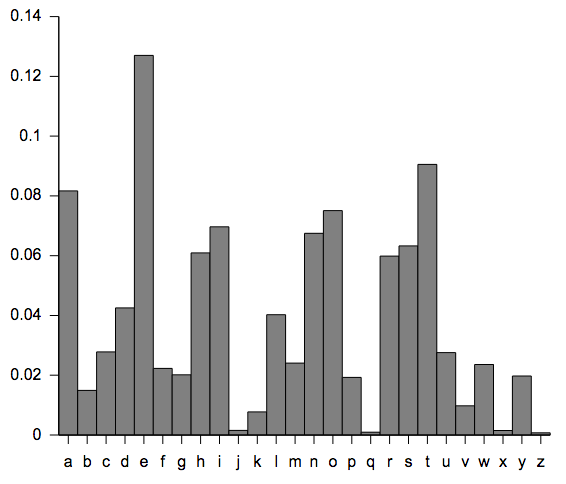
My first move was to create a three-dimensional alphabet in a digital modeling program called Rhino. Using the Times New Roman font as my starting point, I wanted each letter to be fully legible when viewed from above, but when the three-dimensional form is rotated off of the above view, suddenly we find the previously unseen sculptural form found within each letter. In order to make the sculptural forms less arbitrary, I based the sizes of the letters off of their frequency of use in the English language (as shown in the table above). For instance, "e" is the most commonly used letter in English, so it was extruded as the tallest letter, whereas less-common letters like "j" and "z" are very squat and stay low to the ground. Here is a look at the final 3D Times New Roman alphabet I designed:
"I Want to Create a Spatial Form"
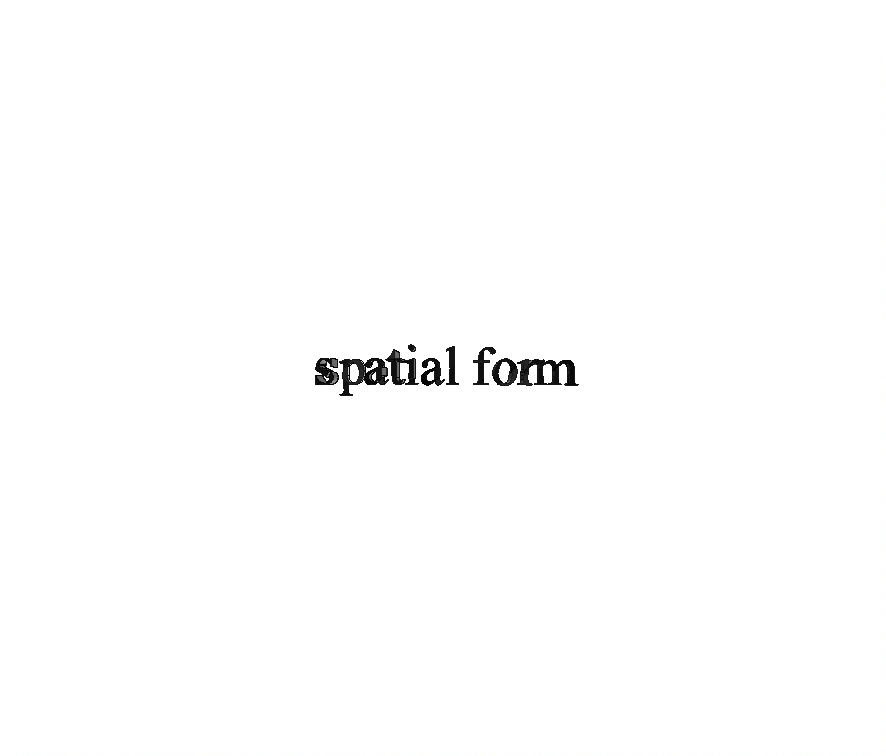
Once I had built the alphabet, I asked each member of @hitheryon to provide a quotation that for them best-represented the concept of the spherical book. I then dropped each quotation into Rhino and built it letter by letter using my 3D alphabet. The quotation @arete provided is a beautiful paragraph from Sergei Eisenstein's work Drei Utopien:
It is very hard to write a book. Because each book is two-dimensional. I wanted this book to be characterised by a feature that does not fit under any circumstances into the two-dimensionality of a printing element. This demand has two aspects. First, it supposes that the bundle of these essays is not to be regarded successively. In any case, I wish that one could perceive them all at the same time, simultaneously, because they finally represent a set of sectors, which are arranged around a general, determining viewpoint, aligned to different areas. On the other hand, I want to create a spatial form that would make it possible to step from each contribution directly into another and to make apparent their interconnection...Such a synchronic manner of circulation and mutual penetration of the essays can be carried out only in the form...of a sphere. But unfortunately, books are not written as spheres...I can only hope that they will be read according to the method of mutual reversibility, a spherical method - in expectation that we will learn to write books like rotating balls. Now we have only books like soap-bubbles. Particularly on art.
Here are some screenshots of the digital model I ended up with after converting the above quotation into the 3d alphabet:
Final Presentation:
The final drawings I created for this series were presented as vertical triptychs, each displaying the plan, axonometric, and render view of the three-dimensional digital model created from the provided quotations. The plan view presents the text as we know it in two dimensions, whereas the axonometric and render views display one of the infinite perspectives from which we can view the three-dimensional form.
giclée prints, 18" x 18" each, 2011
Close-Ups
Reflections
My favorite part of this project is the total loss of comprehension between the above view and the rendered view. There are places in the axonometric view where you can see hints of recognizable letters, but as soon as you look at the rendered view (which removes the extruded bodies of the letters and only displays the distorted top surfaces), the English alphabet takes on a completely different life. Suddenly the rigid letters we've come to know well as Times New Roman have a lightness and elegance in their overlapping forms. The text could easily be mistaken for a foreign language, when in fact it is nothing more than our standard English alphabet viewed from a different angle.
This project makes it clear that a given body of text can contain multiple perspectives, dependent more on the physical impression of the individual than the objective meaning of the words
Part 1
Let me know what you think of this 3D text in the comments below.

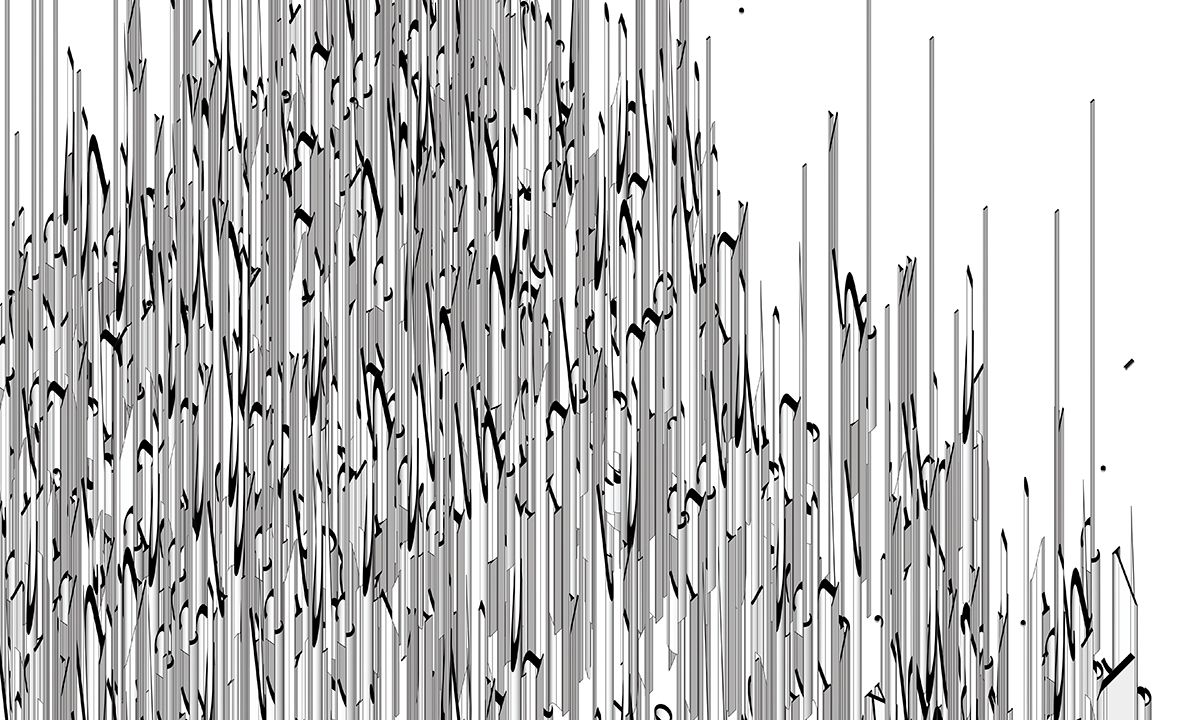
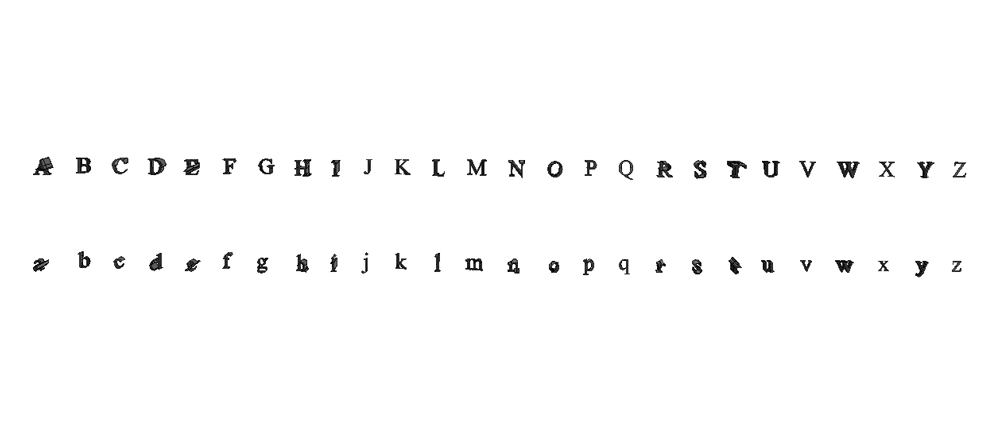



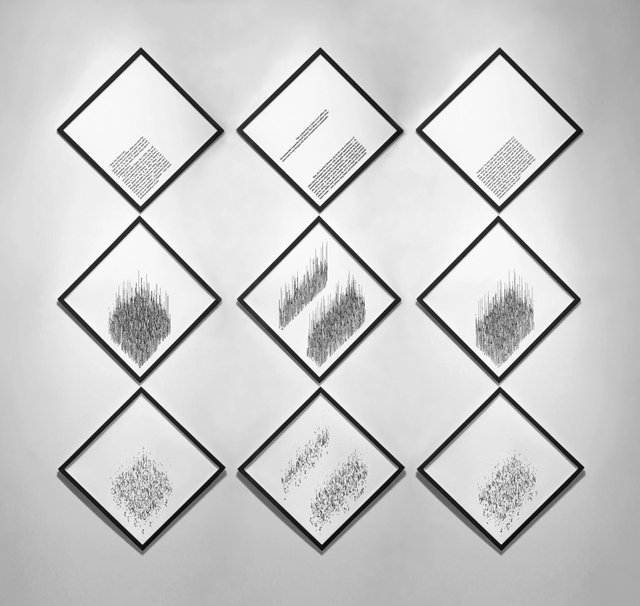
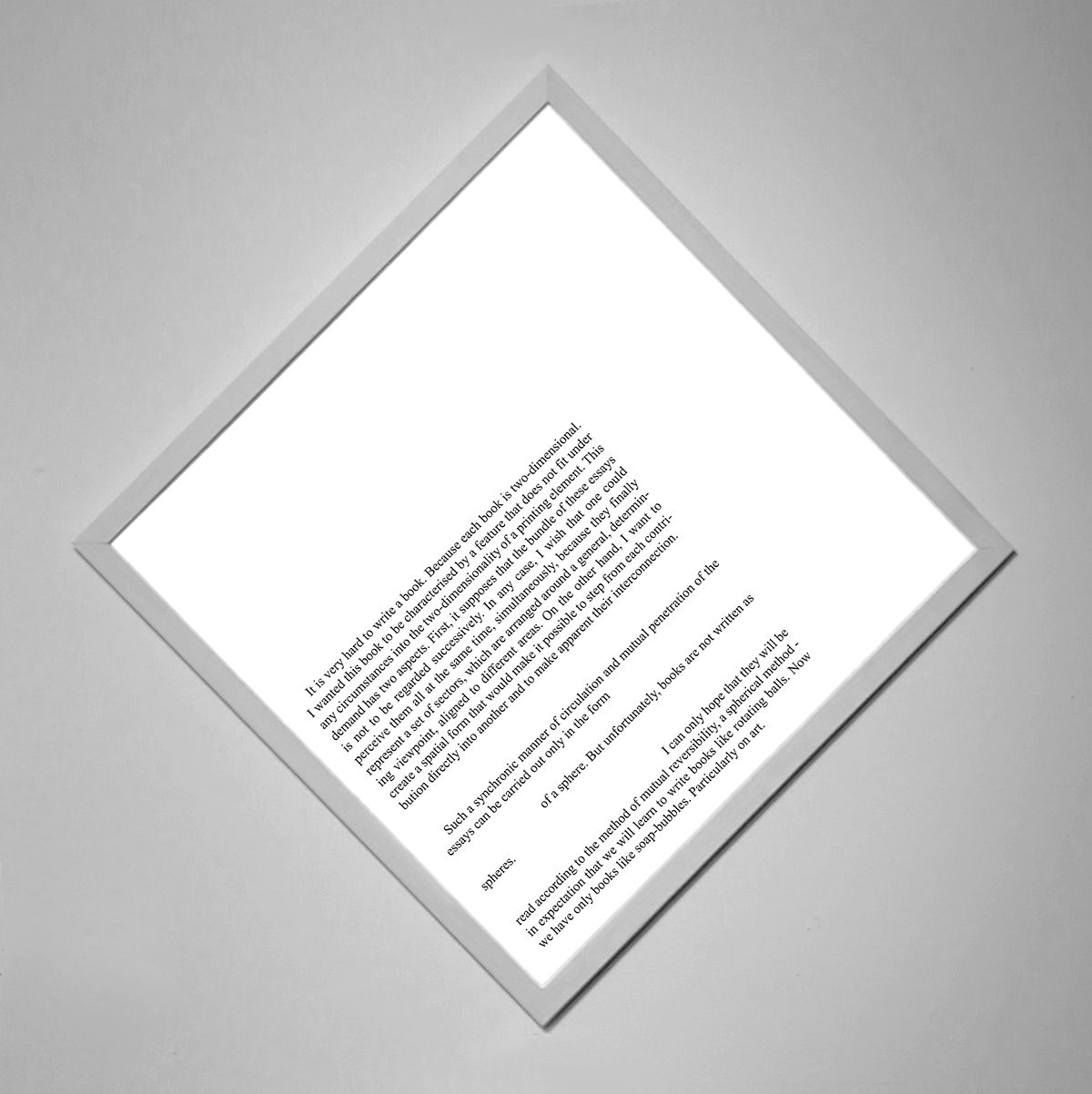
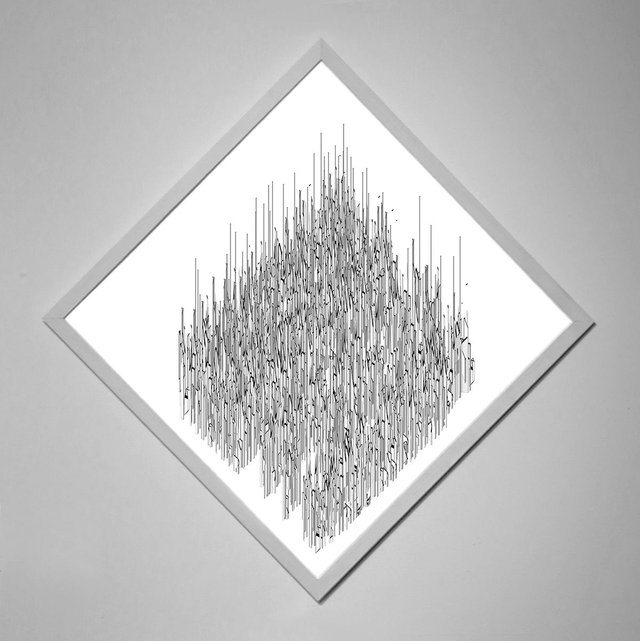
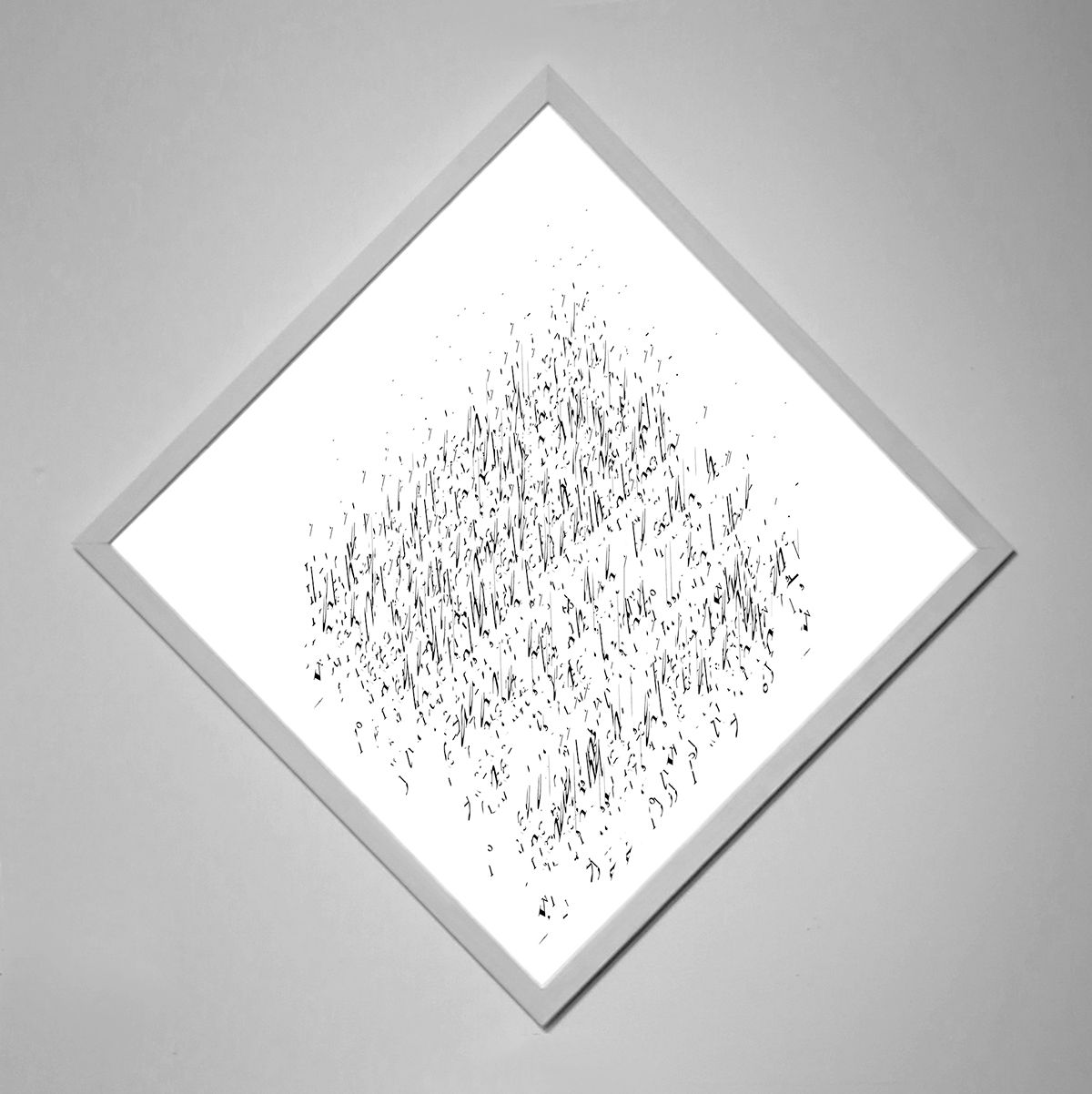
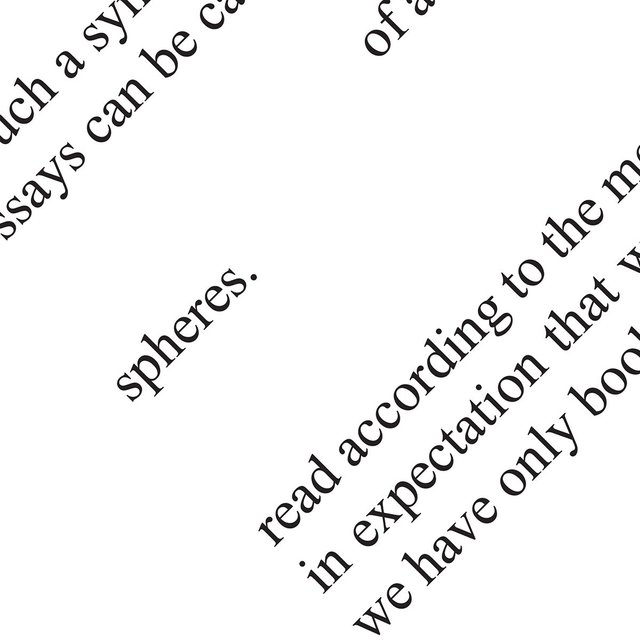
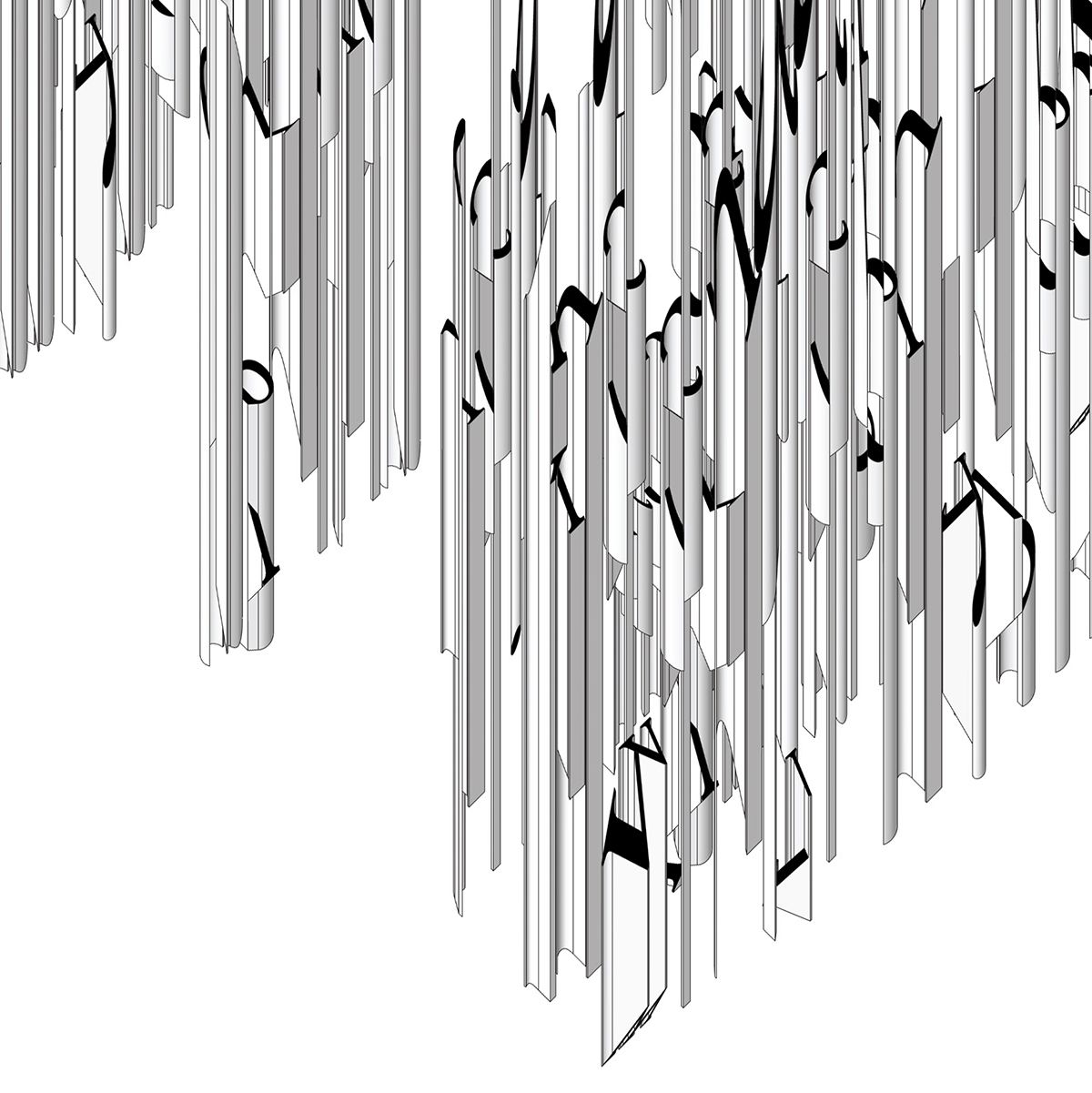
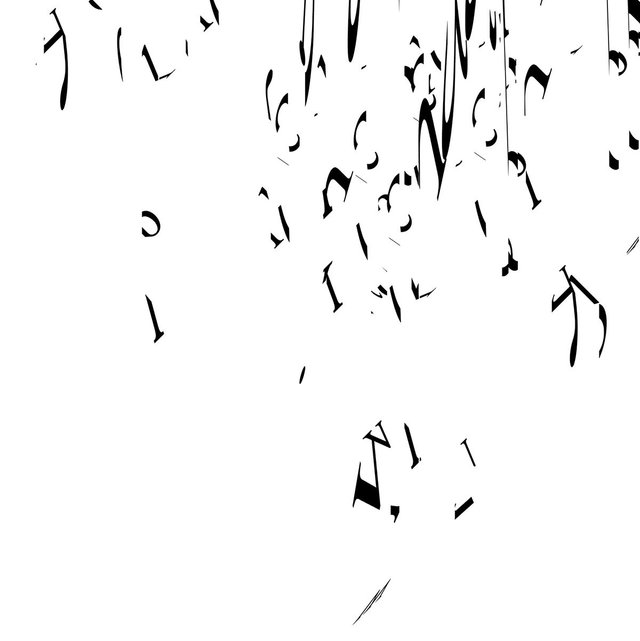
Excellent work.
Thanks @artworktogo!
Very nic posts
Thanks @missrdx!
LOVE! When I was looking at the axo images, I was also marvelling at how certain words were suddenly recognizable. And then the progression from plan to axo to rendered views makes the words seem like dystopian cities in transition. Can't get enough of this. I'm a big fan :)
I really appreciate it @manouche! Thanks for taking the time to look closely. I also like thinking of these wordscapes as strange cities.
This is just AWESOME man. I love how the text looks like an urban cityscape too. Well done.
Thanks so much @playitforward!
omg that´s so interesting i´ll follow you please give me a vote in my last video https://steemit.com/music/@palmimusic/original-guitar-song-by-palmimusic
Thanks for reading @palmimusic!
This is something I have never seen in my life! Those 3-dimensional texts look like vertical structures in the futuristic city. Yet, the forms are organic at the same time. I can see that much thoughts are put into this work.
Thanks so much @carrotcake! This was definitely a time-consuming project, I'm glad you liked it.